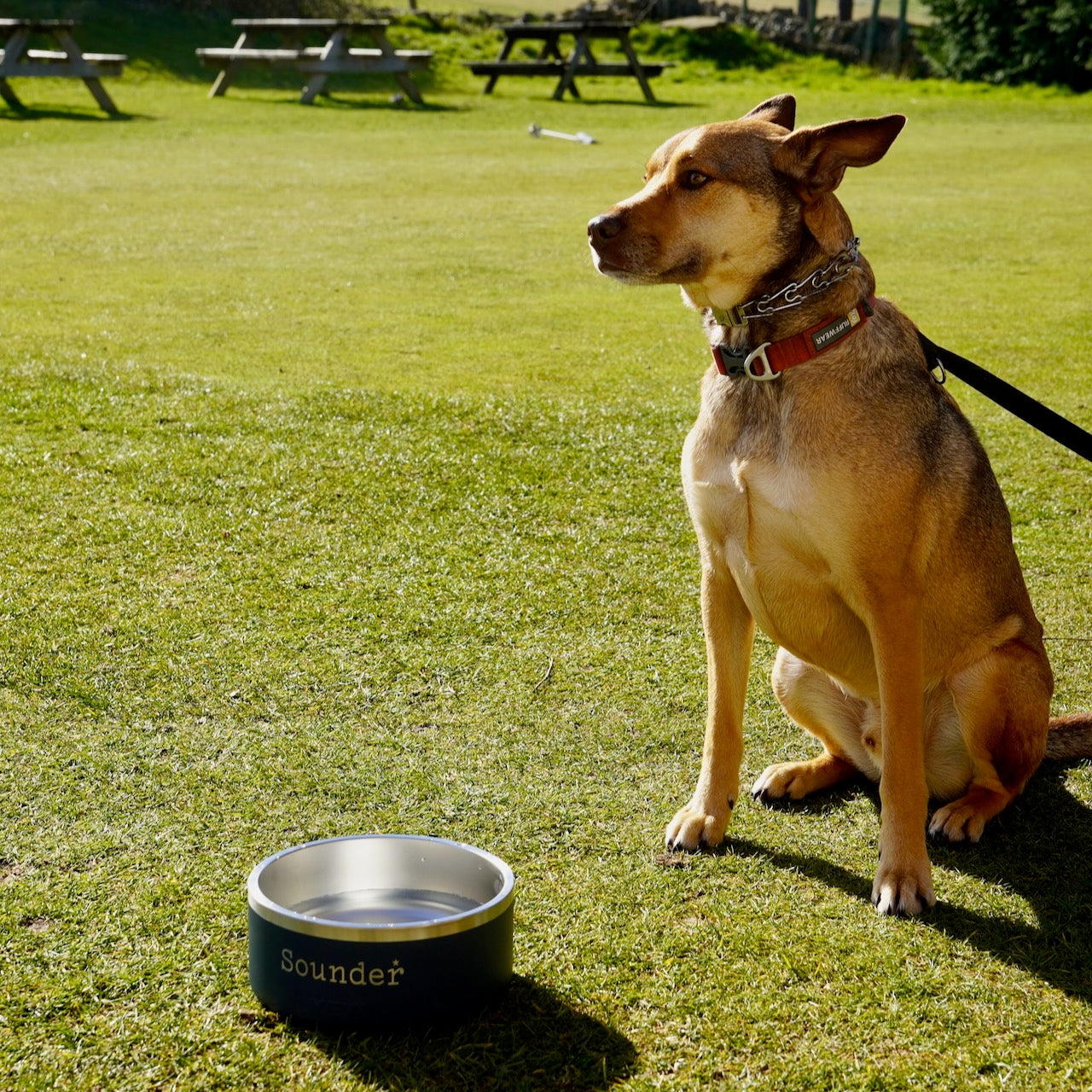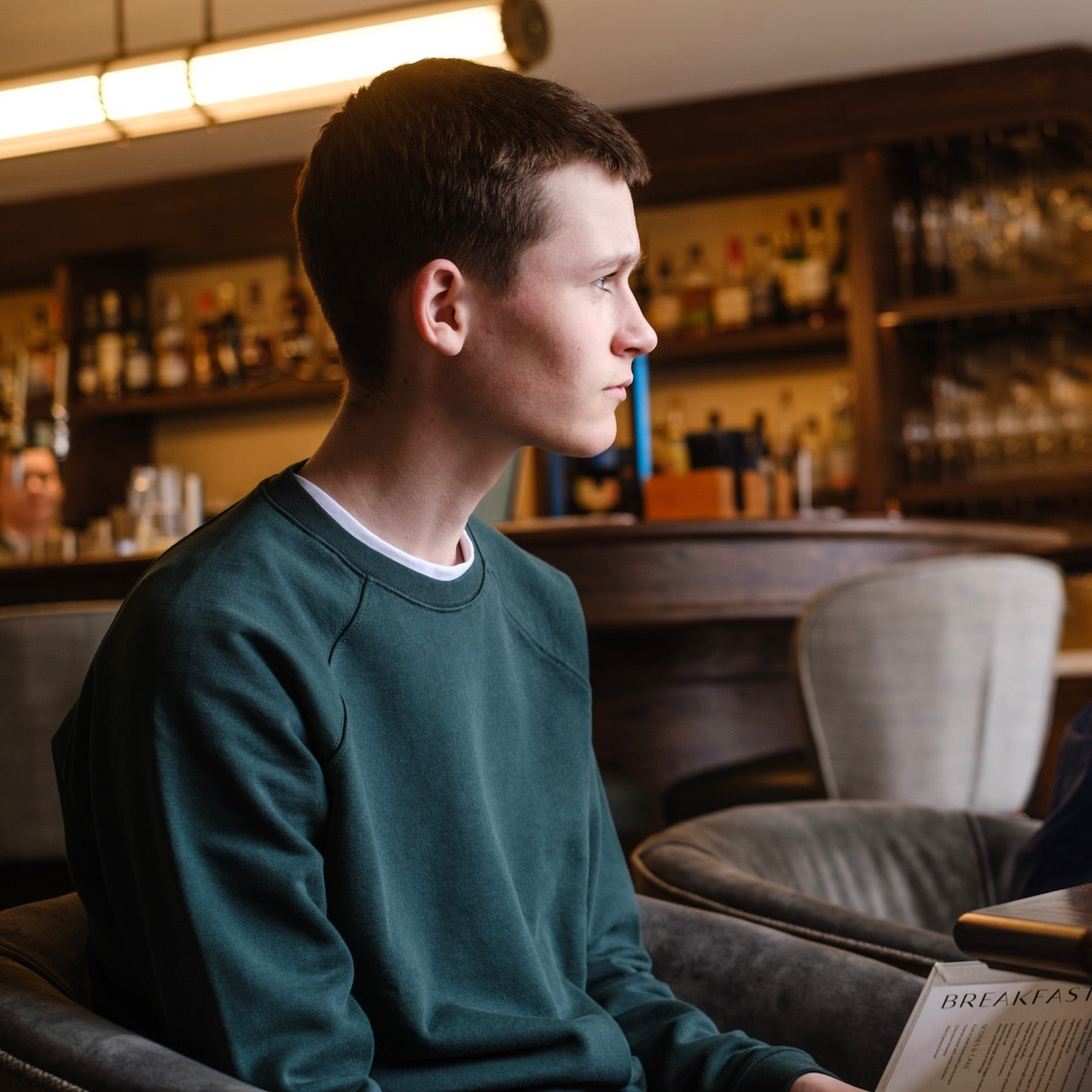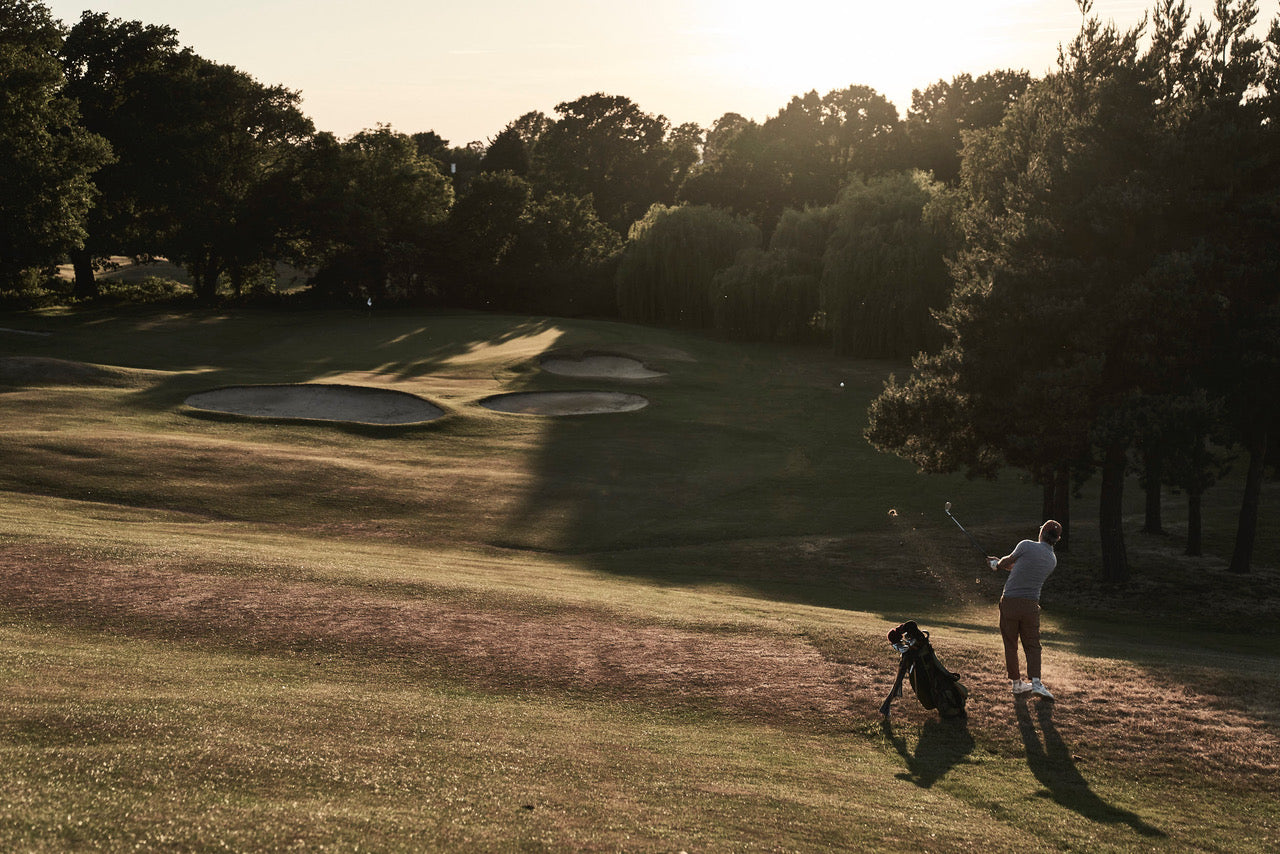It was well after 9pm and beyond the 18th fairway, Wimbledon Park Golf Club’s assistant pro, Dean Wingrove, was hitting what I guessed was an 8-iron over the second mature oak tree that overshadows the narrow strip of rough running down the right of the 1st hole. Before each shot, a little waggle, the syrupy swing and then the tiny sound, delayed by the 120 yards between us, of club through impact. A second or two later, a gentle thud as each ball landed and came to rest on the perfectly striped grass of the first fairway.
In one cluster lay a collection of yellow balls and in another, maybe 15 yards to the side, sat a tight bundle of white ones. Dean liked to alternate each colour; I knew as much because this was not the first time I had enjoyed the performance from my customary spot at the top end of the putting green, the small, three-tiered oblong of prime south-west London real estate where I spent more time than any other during my adolescence. Nobody else was watching; the bar was shut for the day and it was now late enough that the only people left at the club were very probably Dean and his greatest fan.
Having walked across to the 1st fairway, and then flipped all the balls with the toe end of his sand wedge into his shag bag without a blip, Dean then strode off towards the 18th tee. A par 4 measuring 318 yards from the tips, the hole plays up and over a slight incline and then down to a green perched on the doorstep of the red-brick clubhouse, and the pro shop that was Dean’s other domain. Back then, in the summer of 1986, a good crack with a wooden driver might see some tiptoe past the fairway bunker, leaving a pitching wedge in from around 100 yards. Using his persimmon driver, though, Dean flew the bunker, advancing each ball onto or around the green. In the dying embers of the day, the best was always saved for last: his final drive running up the step at the front to kick-in distance. To this day, this hypnotic late evening routine remains the coolest thing I’ve ever witnessed on a golf course.
Dean was my hero in life. In my eyes, he dressed better than anyone I knew: Farah Staprest slacks, snazzy knitwear and slip-on shoes. He was mates with the leading snooker pros Jimmy White and Tony Meo, who were semi-regular visitors to the club, playing a few holes before knocking off frames in the snooker room in the clubhouse. Never have three juniors made a can of Coke last as long as the time Meo, he of the twitching middle finger, slotted a hat-trick of century breaks, all celebrated with a high five with Dean, in the space of little more than half an hour.
Dean drank in wine bars and talked of going to clubs ‘up west’. He inhabited a world I could not even begin to fathom and yet after witnessing what I considered to be his world-class exhibitions of shot-making, I went home on those warm summer nights convinced that it was only a matter of time before he would be playing in the Open Championship — and that somehow I might be caddying for him.
Time it right and Wimbledon Park could feel like one’s own private golf course in the foothills of the capital’s high rises
As a junior member of Wimbledon Park weekend golf in the summer could only be played after 3pm. Weekdays during school holidays were another matter entirely. For me, such days would begin around lunchtime and end, 36 holes later, in the dusk, still trying and still failing to mimic the golfer who was in fashion at the time, which usually meant Seve.
Wimbledon Park is a par 66, measuring only 5300 yards from the regular men’s tees. With the clubhouse, car park and 10 holes on one plot of land, and a further eight holes on another, adjoining plot, the course is a study in getting the most out of limited space. At various times in the round, a player will be flanked by houses owned by bankers, a small municipal athletics stadium, a lake, a cricket club, and the All-England Lawn Tennis and Croquet Club, home to Wimbledon’s eponymous fortnight. For those two weeks each summer, some of the holes on the far side become a car park. Much to many members’ annoyance there are no par 5s for the simple reason there isn’t enough room. As a 12-year-old who was just getting started in the game, and who relied very heavily on his 5-wood, there were no complaints about this from me.
The longest hole on the property is the 13th, a 449-yard par 4 that back then felt like a journey to the end of the world. The tee, located at the highest point on the course, affords picture-postcard views of London on a clear day. Trafalgar Square is less than eight miles away but on those warm evenings more than 30 years ago, this small, beautifully maintained sanctuary from the hustle and bustle of the city life, made it seem many miles more. I have fond memories of sitting on the wooden bench at the back of the tee, looking down across immaculately mown fairways, shiny greens that might Stimp at around 11 in the summer, and mature oaks casting shadows, and feeling like this was something close to a religious experience. Time it right and Wimbledon Park could feel like one’s own private golf course in the foothills of the capital’s high rises.
What I would give to be a junior golfer again. I played golf all day, refuelling between rounds with a can of Coke and a packet of crisps from the nearby tube station. I made friends, nobody marked a card, and kudos was guaranteed for anyone who could produce backspin with a wedge or get a driver to set off low before screaming into the air like a plane taking off. In the early 1980s, one member of the club’s thriving junior section secured himself iconic status by a) owning a Ping 1-iron and b) being able to hit it.
On one evening, following a junior match in the middle of summer, four of us decided to embark on an extra 18 holes. We were 16-year-olds living in London, so what else could there possibly be to do on a Saturday night? As it turned out, the answer was shoot 59.
Not long after 9pm, Jon Vardy, our star junior and already the best player at the club by some distance, found himself six under par walking up the last, needing one more birdie to break 60. His drive was perfect, leaving him 70 yards in. A pitch-and-run wedge put him 15 feet away and, with his dad and my own father now part of a small gallery, he rolled home the putt dead centre. He’d done it. One of our own had done it. The summer was made and the four of us embraced as the setting sun reflected on the lake. If only we’d had the collective strength, we might have lifted him onto our shoulders and carried him from the green.
Jon Vardy was someone I was convinced would go on to play on tour, maybe alongside Dean, and very probably win tournaments. I believe he went on to become a policeman.
The course was usually deserted, emerald green and freshly primped for the weekend ahead
My dad dabbled with golf for years, mainly because he played other sports. What I did not appreciate as a 10-year-old, was that he also had his hands full being a father and a headmaster of a local primary school. As his waistline expanded so his other sporting activity tailed off, and when I began to show signs of interest in golf we started to assemble mixed bags of clubs. The starting point was a set of overly stiff and completely unsuitable Slazenger irons, which we split between us: he had the odds, I had the evens. There was also an ancient 2-wood, a hand-me-down from his older brother, which we shared.
Our first earliest rounds took place on the nine-hole course inside Sandown Park racecourse, while family holidays to his hometown of Llanidloes in Wales saw us venture up the narrow road to the town’s golf club, St Idloes. It was here, on the 8th tee and during a fourth lap of the course that day, that we agreed we both now might be ready to join a club.
The following Spring — it was March 1983, I stepped onto the grounds of Wimbledon Park GC for the very first time, summoned for an interview with a gentleman named Ted Smith, who was as normal as his name suggested. Two days later, I received a letter to inform me that I was in and that junior membership would cost £30 for the year. A few months later, my dad followed suit. It was the best joint decision we ever made.
I was shy in those early days, while my dad didn’t trust his game in front of other people. As a result we stuck to each other like glue. Friday nights quickly became our thing — my dad would pick me up from school, our clubs and a small holdall of golfing clobber stashed in the boot of his car. He’d drive us down the hill to the club where we’d settle into our usual routine: him slicing one into the first of those mature oaks from the 1st tee; me pulling one into the trees bordering the car park. The course was usually deserted, emerald green and freshly primped for the weekend ahead.
This was us for the next five years. Friday evenings were set in stone. The weekly ritual concluded with a stop at Hartfield Road for takeaway fish and chips. Dad would slip me a fiver to pay, which left just enough change to feed into the fruit machine while we waited. It was genuinely perfect.
Playing the last couple of holes in near darkness is part of the charm of playing on summer evenings
My evening golf these days is very different. With three small children there might be a window once a week through which to escape Julia Donaldson and the never-ending pantomime of bedtime. When that window opens I’ll head to the golf club, leaving myself two and a half hours to get round, even it that means playing the last couple of holes in near darkness, which I consider to be part of the charm of playing on summer evenings.
I’d love to say that I take out half a bag of clubs and manufacture shots this way and that, but the truth is my middle-age anxieties mean that I’ll generally have the full complement, probably too many balls, and certainly too many tees. I make a promise to myself each time that my phone will only come out to take the occasional photo.
My evening golf is now played at Moortown in West Yorkshire. Formed in 1909, 11 years after Wimbledon Park, the club is steeped in history. Best known for being the host to the 1929 Ryder Club matches, the first to be played outside America, it has also hosted European Tour events and many notable amateur tournaments.
The club is situated on the way out of Leeds, where things seem to drop down a gear or two and everything, in my mind at least, seems just perfect. If you’ve got golf in your soul you’ll enjoy the old locker room, the snooker room and the black and white photos of the Ryder Cup. The honours boards speak of the club’s illustrious history but there’s nothing overly grand about Moortown. Put simply, it’s a golfers’ golf club.
The real star of the show is the course, which was the second ever design by Dr Alister Mackenzie’s, an architect whose resume famously includes Augusta, Cypress Point and Royal Melbourne. In recent years, the removal of swathes of silver birch trees has allowed the heather to return, while a a total overhaul of the bunkers has continued the restoration of a layout to something that more closely resembles MacKenzie’s blueprint, while remaining a stiff enough test for the best modern golfers.
Where Wimbledon Park was quirky, Moortown is epic. On a summer evening, it’s rare to encounter another golfer. The only things disturbing the cathedral-like peace are the gentle lilt of birdsong and the occasional distant laughter from a barbecue. If I could have my own bench at Moortown it would be positioned at the back of the 11th tee, affording views of the signature 10th hole (Mackenzie designed ‘Gibraltar’ as a sample of what might follow), as well as the 7th, 9th, 12th and 14th greens.
This is my happy place: look up, feel the ground under foot, and just enjoy the fact that every hole is an occasion. Oh yes, and try to get the odd putt past the hole.
Some of my very happiest memories were made with my dad on our twilight golfing adventures
The last time I walked through the gate at Wimbledon Park was 16th of December 2005, the day of my dad’s funeral. It was the natural place to retire after the church service for a drink and a few sandwiches. Despite various offers from Dean, who has been the head pro there for nearly 30 years now, I haven’t been able to bring myself to go back for a game. Life has trundled on in the 15 years since my father passed away, but some of my very happiest memories were made there with my dad on our twilight golfing adventures.
The club I knew does not have long left. It has been sold to the All England Club, which means that the course will no longer exist as an 18-hole layout. Even though I haven’t been a member for over 20 years I know I’ll miss it when it’s gone. I have vowed to go back and pay my final respects before it’s too late. And when I do — and inevitably watch my opening tee shot disappear left into the trees, I’m hoping it will be late on a Friday evening.
Read more
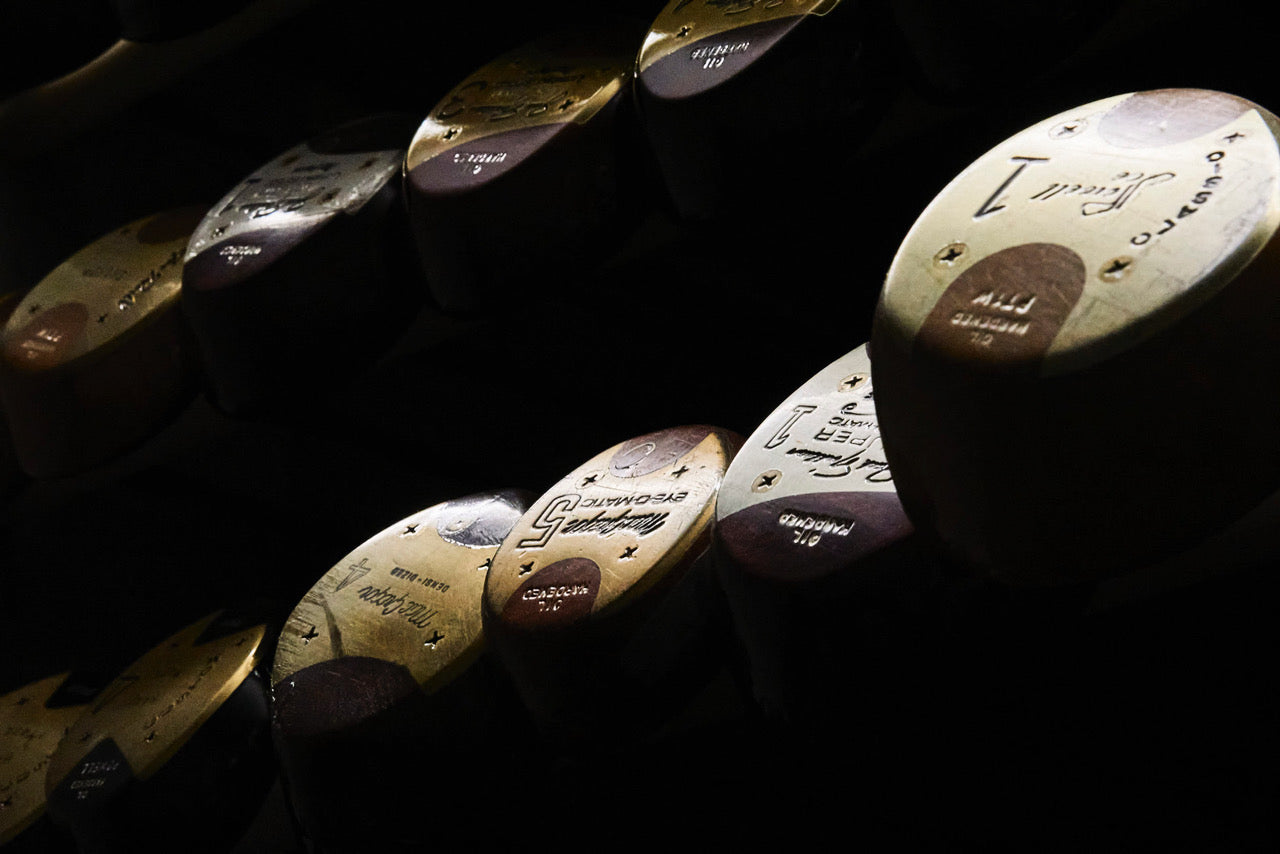
James Day is just old enough to have used persimmon woods in competition. Now, having returned to tradition, he’s discovered the real difference is what it makes you do
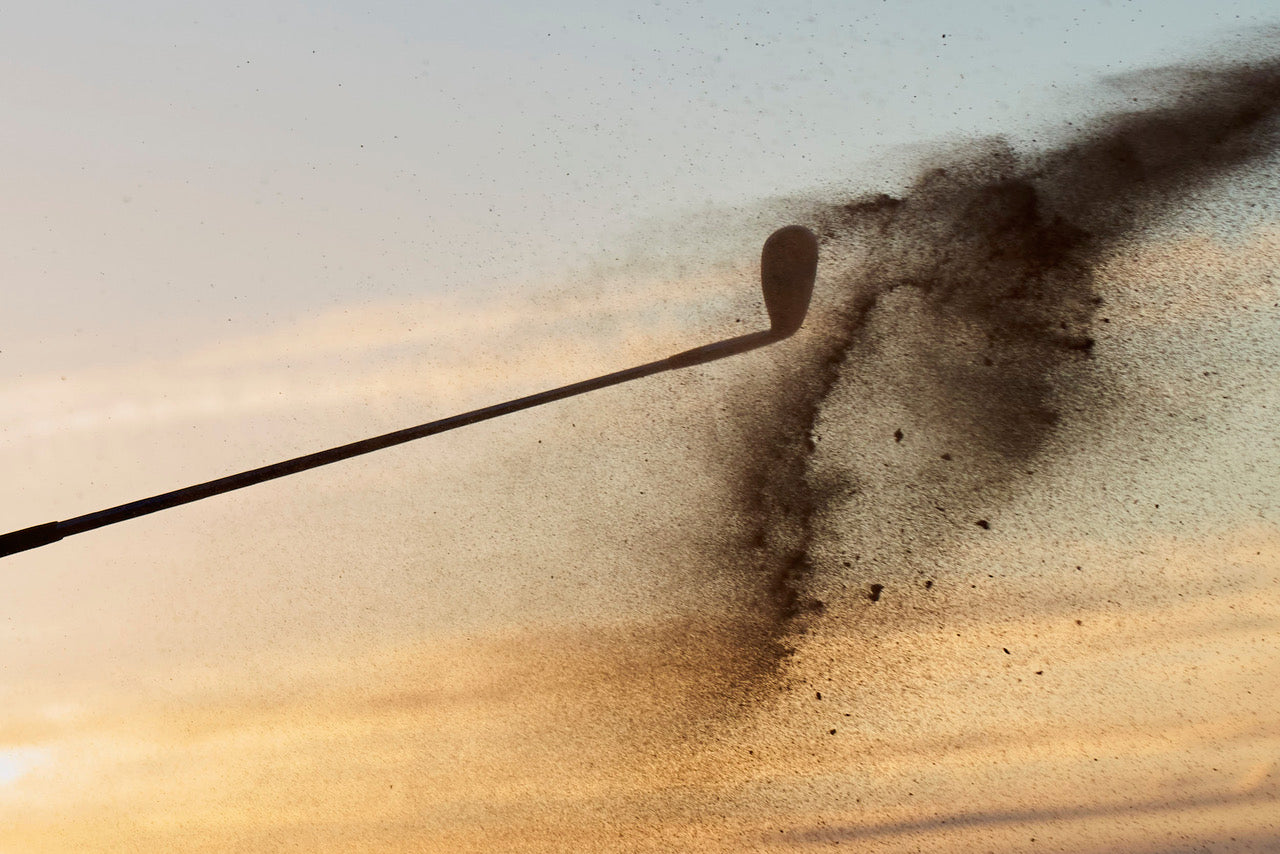
One man's quest for a cure for the chipping yips, and (it's hoped) a reconnection with the joys of childhood. Dan Davies' golfing memoir features guest appearances by Rory McIlroy, Nick Faldo, Loui...


